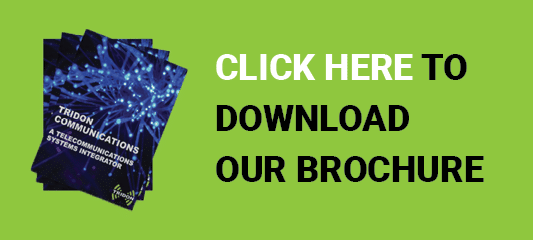If you use two-way radios on the job, then you’ve probably heard rumblings about analog radios being phased out and digital taking over the market. Maybe you’ve already made the switch. But, if you haven’t, here are some of the benefits
Coverage
t’s better. No way around it. While analog signals degrade the closer you get to the edge of the coverage area, digital signals will hold up throughout it.
Clarity
Again, it’s better. With the built-in noise-canceling technology, you will hear everything your crew needs to say. With analogs, the background noise could drown them out. That problem has been taken care of.
Battery Life
You get the idea. When an analog radio is on, the transmitter constantly draws power until you switch the radio off or the battery dies. But digital radios are different. Those transmitters only draw power when they are sending or receiving a signal. That means a more efficient use of the battery, which translates into longer battery life. Thirty to fifty percent longer.
Future Innovation
This is kind of a 30,000-foot perspective, but one worth considering. Analog radios have been around for close to 90 years. The well of innovation has run dry for them. In fact, there are plenty of systems around right now that have reached their ‘end-of-life’. Parts aren’t being made for them and technical experts are focusing their efforts elsewhere.
But digital? Innovation is steamrolling ahead, and resources are being poured into those advancements AND into supporting the end-user (namely, YOU). The digital radio you use tomorrow will only get better, and you’ll have the support you need for years down the road.
Updates
Remember how I said the radio would only get better? That’s because it’s possible to update the software on it without buying a brand-new radio. GPS apps, messaging apps, you name it.
Price
There are a couple of ways to look at this. Yes, digital radios CAN be more expensive than analogs when you consider the upfront cost. But think long term. As analogs are phased out, replacement parts will become harder to find, and possibly more expensive. Add to that the cost of downtime when your legacy gear and system fails you and the difficulty in finding someone with the know-how to patch it up.
The closest analogy I can think of is pouring money into fixing an old car that routinely fails you. Eventually, an upgrade just makes more sense.
There are a couple of learning cures you’ll have to get around when you make the switch:
Sound
Digital radios sound different, and that’s largely because they have noise cancelling technology built in. They focus on the frequencies common to the human voice and cancel out the background noise. If you’re an audio engineer or an audiophile, think of it as real-time audio compression.
Here’s a video from Motorola that demonstrates the difference. Jump to the 1:30 mark to save some time.
Hear the difference? Less background noise, but there’s a notable change in how the voice sounds. It comes through sounding a bit…smaller, a bit tinnier. It’ll take some getting used to, but without that background noise, the clarity goes through the roof.
Functions
While the specifics vary, digital radios can simply do more. Like a smartphone, these devices are becoming more like mobile computers than simple communication devices. Multiple simultaneous talking paths are possible, and info like unit ID, status buttons, and enhanced text messages can be embedded into a single digital radio channel.
While all of these are perks, learning how to use them might take a bit of time. Working closely with your radio provider to make that transition is definitely in your best interest.
Tridon is a full solution Telecom Systems Integrator with CSA certification and licensed by APEGA. Our Engineering, Service and Tower Divisions collaborate with customers to build engineered solutions including communications systems design, tower inspections and co-location, wireless broadband, fiber optic cabling, site security, and two-way radio communication.




